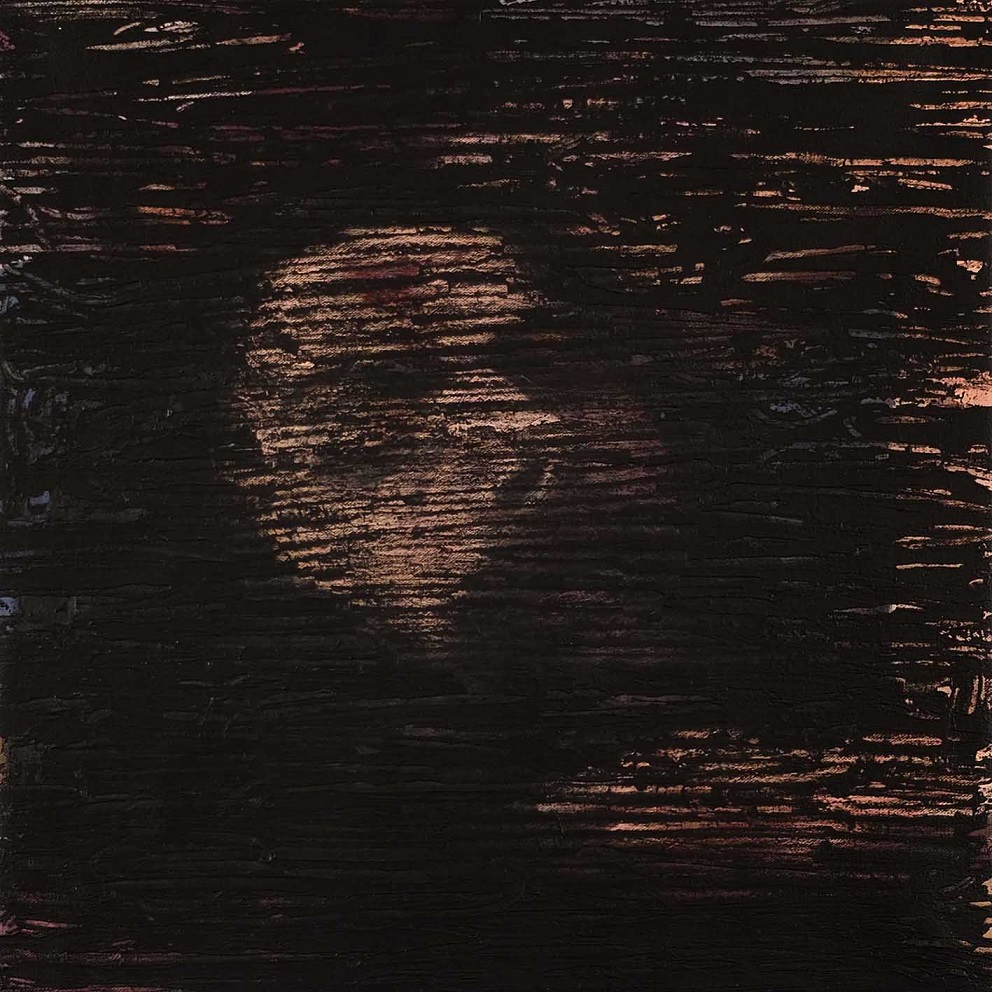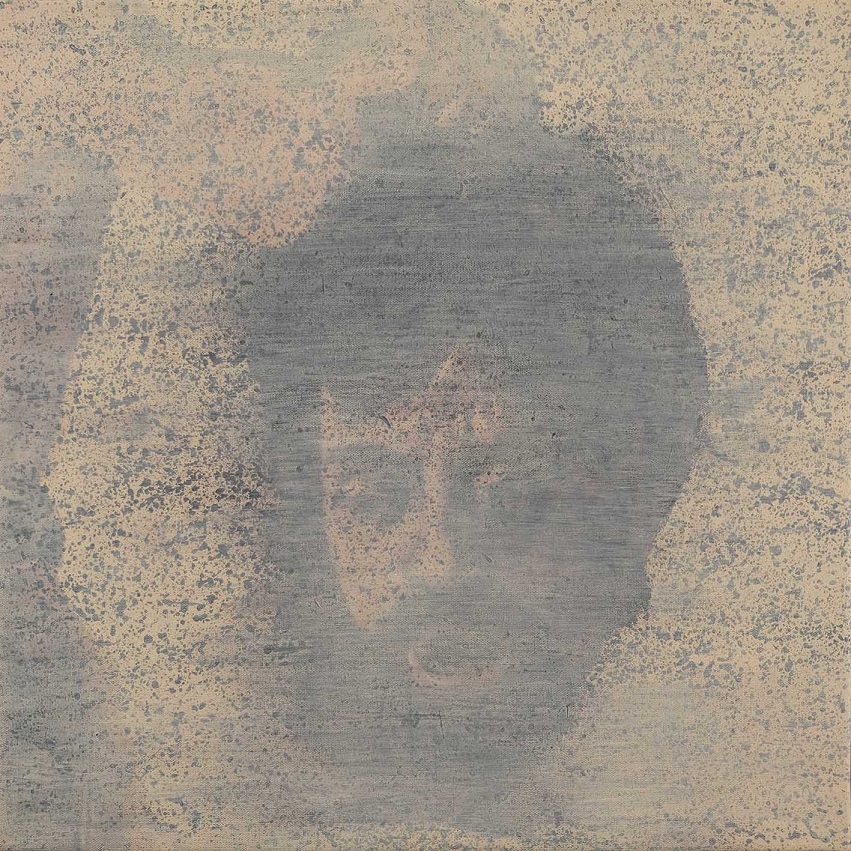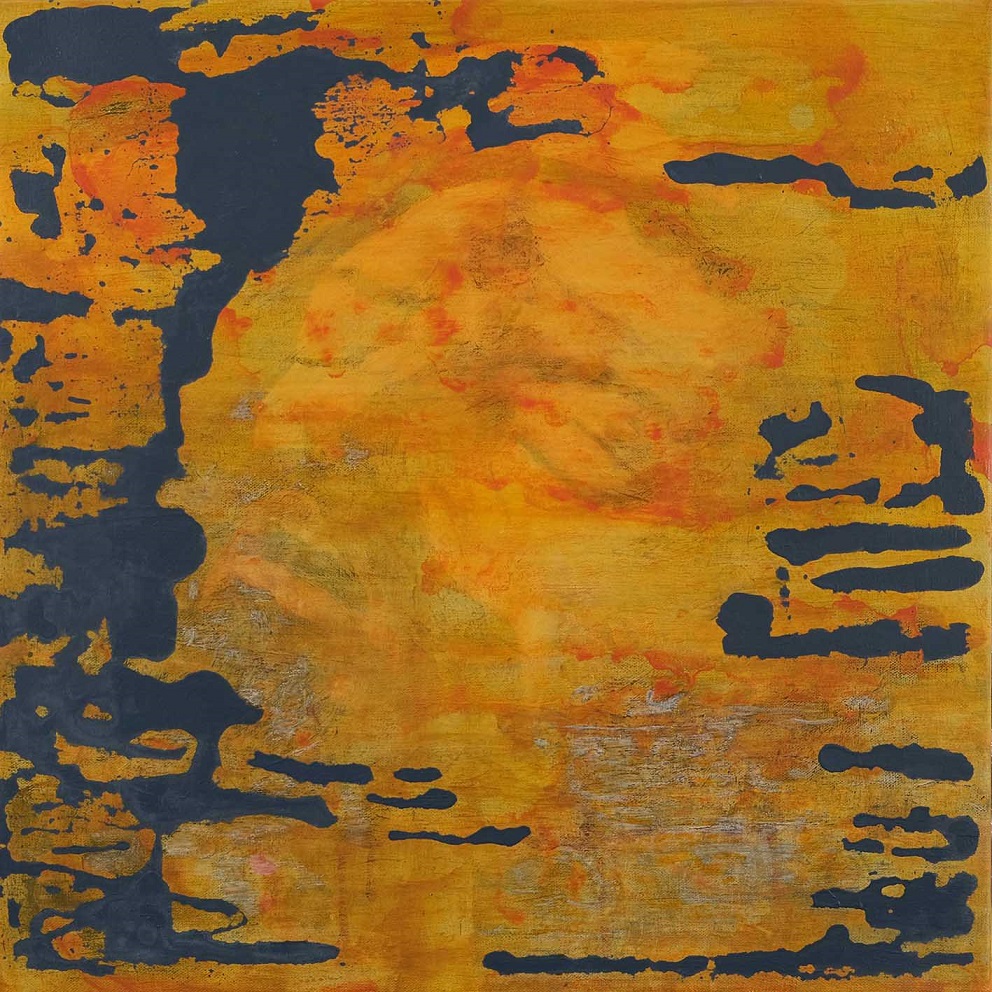Heads
In the history of painting, human narratives are diverse and numerous, bearing a plethora of references, shading light on different corners of this animated history.
In these narratives, human faces represent human emotions in a particular manner, in each period. Faces are probably the most remembered part of these narratives for the audience. These diverse faces constitute a large inventory of images ranging from those representing collective memory, to historical and religious narratives, and scenes of daily life.
In “Heads”, we see a different form of creating human faces: cut heads. It is a pictorial icon used in different historical and religious narratives over the history of pictorial spaces.
There are two different categories of cutheads in the history of images.
The first comprises cut heads representing the Evil, used in representations of the power of the Good to win over the Evil, over the course of history. The violence at the heart of these historical and religious images has gained legitimacy, justified by being applied by the Good side. As an example, think of the cut head of Goliath by David, two historical symbols of Good and Evil, represented by many artists.
The second is composed of cut heads as a symbol of the oppression of the Good. These are often created in a way to be associated with the symbols of the Good in the audience. A famous example is the cut head of John the Baptist (Yohanan), the assassinated symbol of Good. Again, the narrative has been represented many times in the course of history.
But let us imagine the heads of Goliath and John the Baptist, taken out of their historical narratives, placed by the image of another cut head, devoid of any historical reference – a subjective image, or the image of a head destroyed in the painting process. How are these analyzed in this context?
In the installation “Heads”, we confront a dialogue, with defied borders. Representatives of Good and Evil are explored and captured in this contemporary pictorial installation.
Images of cutheads are probably the most intensive forms of representing human violence, finding their place in different historical contexts. Now, they are put to judgment, here, out of context, in the frame of a contemporary pictorial installation.
This constitutes the main conceptual idea of the pictorial installation “Heads”. I tried to create a dynamic pictorial atmosphere using diverse painting manners and subjects adjacent to each other. The paintings have the same size as the subjects. Each of them has a different manner and different pictorial qualities.
You can see the overview of this painting-installation and some details of it below.

An overview of the Heads installation, 2015-2020

The Heads, acrylic on canvas, 50 x 50 cm

The Heads, acrylic on canvas, 50 x 50 cm

The Heads, acrylic on canvas, 50 x 50 cm